Polaroid film has become an iconic image, used in art and fashion, that conjures up nostalgia and a longing for simpler days. But it’s also incredibly expensive – why is that? In this blog post, we’ll uncover the mystery of why Polaroid film is so pricey and how you can still use it for your projects without breaking the bank. Join us as we explore the wonder of why Polaroid is so expensive.
Polaroid’s Rise and Fall: A Brief History of Instant Film
Polaroid is a company that was founded in 1937 by Edwin H. Land and has had its ups and downs since the invention of instant film in 1947. In 1972, Polaroid was the biggest name in photography, with over 90% of the market share for instant cameras and film. But then digital technology arrived and changed everything. By 2001, Polaroid had filed for bankruptcy protection and stopped producing instant films.
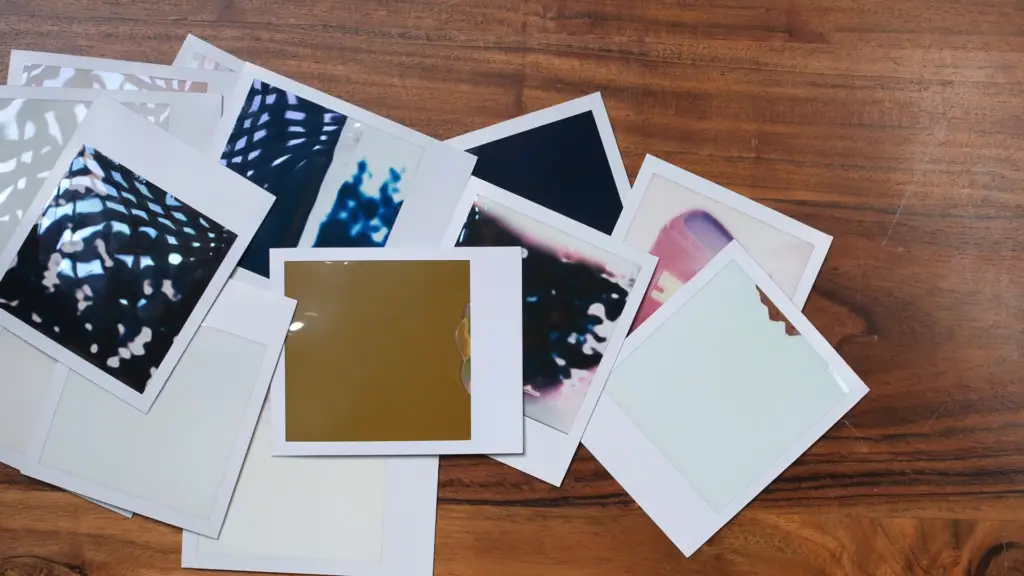
Nowadays, many photographers and hobbyists are rediscovering the unique look of Polaroid images. This has led to an increased demand for this specialized type of film. Unfortunately, due to limited production runs, high manufacturing costs, and low supply availability on the market, polaroid film can be difficult to find at a reasonable price.
We need to take a look at the process of producing and distributing it. First of all, the production itself can be complicated and time-consuming. Unlike digital photos, which require no physical printing or developing, instant film must be processed in special chemicals in order to produce an image on the film. This requires costly equipment and complex machinery that can add significantly to production costs.
It doesn’t stop there – shipping and distribution costs also come into play when calculating the overall price of the product. Because Polaroid film is often produced in small batches, there are not many retailers that carry it. This means that those who do have access to the product will likely have higher prices as they must cover shipping and handling costs for each order.
All of this makes it easier to understand the cost – there are just too many factors involved that make production and distribution difficult and costly. But if you’re willing to put in the effort, you can find Polaroid film at reasonable prices if you know where to look! Keep reading for tips on how to do so.
Why Do Consumers Pay the Steep Price for Instant Film?
Polaroid film costs much more than traditional camera film, so why do people continue to buy it? The answer lies in the nostalgia that these pictures bring. Polaroid cameras create images with a unique texture and look that cannot be replicated using digital cameras. In addition, when you take a picture with your Polaroid camera, you get an instant photo – no waiting for prints at the store! This makes it perfect for capturing memories on the go or on special occasions like weddings and birthdays. Finally, because each picture is one of a kind, they make great gifts and keepsakes.
Additionally, there are many different types of Polaroid films to choose from. Traditional color film, black and white, sepia, and even special edition holiday films are all available. This offers users more control over the final look of their images and allows them to get creative in their photography.
Polaroid film may be expensive, but it is worth the price for many people who want to capture special memories with a unique style. With different types of film available and instant gratification when you take a picture, it’s easy to see why so many people still love Polaroid cameras!
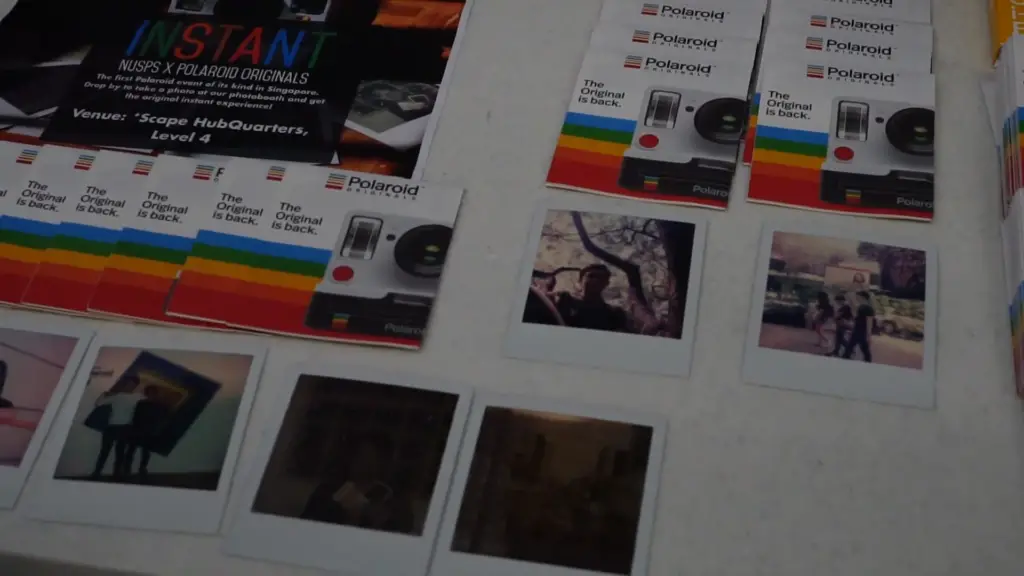
Polaroid Had a Virtual Monopoly for Many Years
Polaroid was the only company producing it and had a patent on the technology to do so. This meant that Polaroid could charge whatever they wanted without any real competition, which is likely why the cost of Polaroid film has always been higher than other types of film.
The Impossible Project
The Impossible Project arose in 2008 with the goal of bringing back instant film photography. This project ultimately succeeded, but it wasn’t without its hiccups. The team experienced setbacks such as technical difficulties and a lack of funding, which kept them from achieving their goal for many years.
Polaroid had a major advantage over The Impossible Project – they were already established and had access to the technology and resources needed to make great products. The Impossible Project had to start from scratch, so it took much longer for them to get their product out into the market.
The Growth of Fujifilm Instax
Polaroid may have started the instant film revolution, but Fujifilm is continuing it with its own line of Instax cameras and films. The company has achieved tremendous success in recent years by introducing an affordable yet feature-rich line of instant film cameras that are easy to use and produce high-quality prints. While Fuji’s Instax costs less than Polaroid film, the company is still able to price its product higher because it enjoys economies of scale from being a much larger manufacturer.
Instax has been a major contributor to the growth of Fujifilm’s overall profits over the past few years, so they understandably want to continue fostering demand for their product by keeping prices relatively high. In addition, Fuji has invested heavily in R&D to ensure that its Instax technology continues to remain on the cutting edge, which also contributes to the cost.
What this means for users of Polaroid cameras and films is that they are likely stuck paying a premium for their product, at least for now. However, Fujifilm’s success with Instax may eventually lead to more competition from other companies looking to capitalize on the instant film market, which could lead to lower prices down the line. Until then though, it looks like Polaroid lovers will have to continue shelling out a bit more for their favorite instant photos.
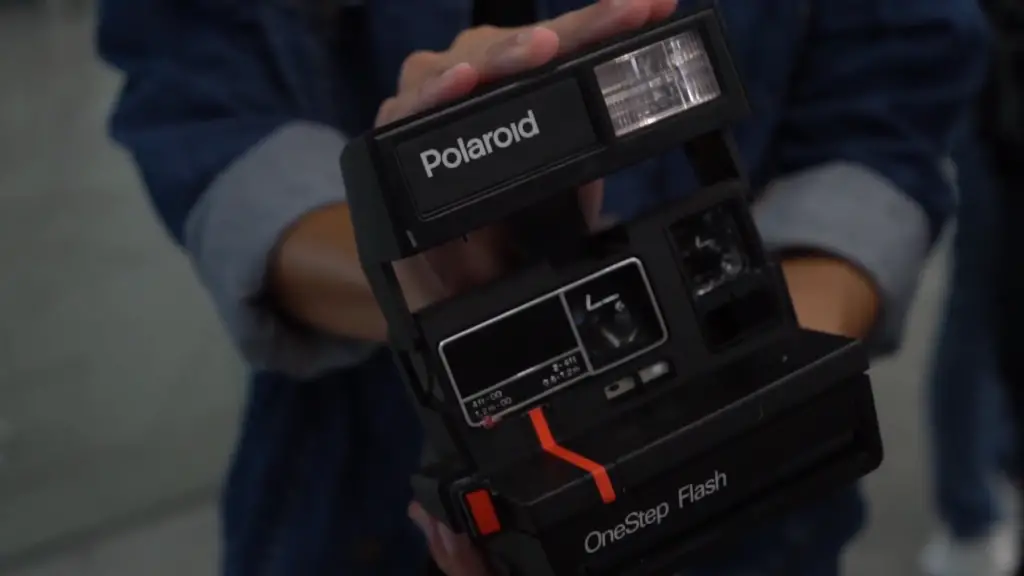
What Polaroid film to buy?
When it comes to buying Polaroid film, there are a few things to consider. It is important to understand what type of film you need and the differences between various types. For example, 600 type Polaroid film has been discontinued but is still available for purchase in limited quantities online, while Impossible Project’s new I-Type cameras require their own specific film. Other options include Color Film for 600 Cameras, SX-70 Original Type Film, and Fujifilm Instax Mini Film.
The cost of each type can vary widely depending on the supplier, the availability of certain films, and other factors like shipping costs. For example, Impossible Project’s I-Type Camera requires its own special I-Type Film, and it is more expensive compared to other types of Polaroid films.
Before buying any type of film, it’s important to read reviews and do some research on the product you’re considering. This will help you understand what kind of results you should expect from each type of film, so you can make an informed decision based on your needs and budget. Additionally, some supplier websites offer discounts or promotions that can reduce the cost of buying Polaroid film.
No matter which type of Polaroid film you decide to buy, remember that quality comes at a price. Investing in good-quality Polaroid film might not be cheap, but it will ultimately produce better results than cheaper alternatives. With a bit of thought and research, you should be able to find a Polaroid film that suits your needs without breaking the bank.
With the right information and a careful selection process, you can still get good-quality results from your photos at an affordable price.
Current Polaroid Film Options
There’s the 600 series, which includes both color and B/W film compatible with vintage-style cameras like the iconic SX-70; i-Type film to be used in modern OneStep 2 or I-1 models; and specialty films such as the Spectra Film with its 12 unique frames. Each pack comes with 8 sheets, so depending on what kind you buy it can cost anywhere from 10 to 25 dollars per shot!
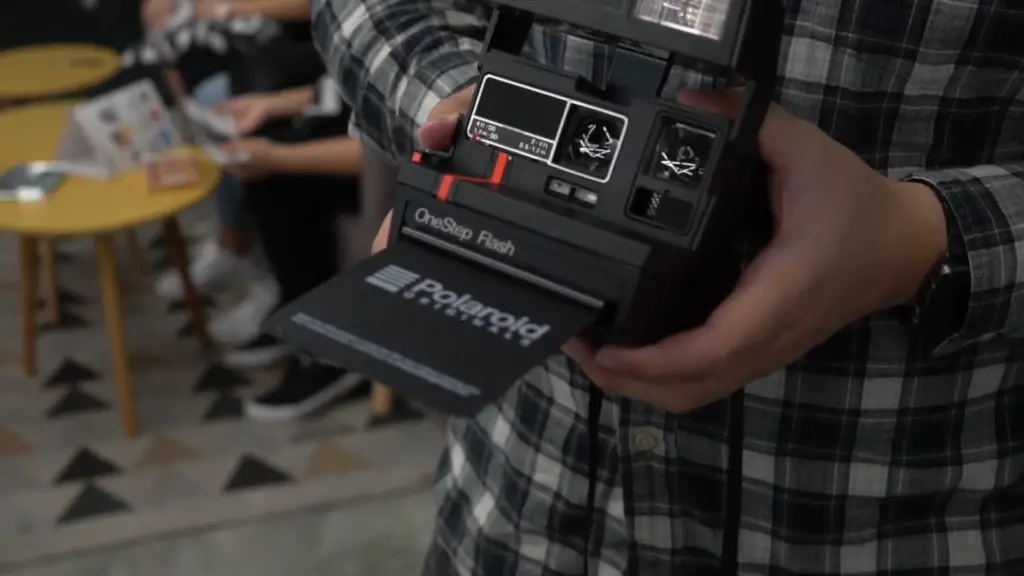
Polaroid Originals
Polaroid Originals (formerly The Impossible Project) is a company that produces Polaroid film. The company was founded in 2008 by Florian Kaps and André Bosman, two former Polaroid executives who wanted to save the iconic instant film format from extinction. [2]
Over the years, they’ve also released special editions of their film, such as the “OneStep2” which is a version designed specifically for modern digital cameras with an adapter to fit them.
So why is Polaroid film so expensive? The main reason is that the company invests heavily in research and development to ensure quality. They also use special materials for their films, such as Japanese raw materials which cost more than other materials used by most companies. Additionally, they produce limited quantities of each film type due to the niche nature of the market for instant photography. All these factors contribute to the higher price point associated with Polaroid Originals’ film.
However, despite its higher cost, Polaroid Originals offers some of the best instant photography experiences available today. If you’re willing to invest a bit more money into your photographic process and are looking for something unique and special, then Polaroid Originals might just be your ticket!
Fujifilm Instax
The Instax cameras use smaller film than traditional Polaroid cameras, and the prints are much smaller as well. This makes them both more affordable and easier to carry around. In addition, Fuji has a wide range of fun colors and designs for its cameras. However, the cost of the film remains relatively high compared to other types of disposable camera film. On average, each pack of Instax film costs about $15-20 USD – a significant amount when you consider that it only contains 10 or 20 shots.
Vintage Polaroid Film Options
Vintage film options can be expensive, but they offer a unique aesthetic that is hard to replicate with today’s digital photography. Fortunately, there are still ways you can get your hands on some vintage Polaroid film without breaking the bank.
If you’re looking for an affordable option, checking out online retailers such as eBay or Craigslist is a great way to start. You may find it difficult to track down specific types of film, so it helps to have knowledge of the different kinds available in order to make an informed purchase. This also applies if you decide to hit up some local thrift stores or flea markets; while these places might not always carry a large selection of vintage cameras and films, they may offer some decent deals.
If you’re looking for a more professional option, there are still companies out there that manufacture vintage-style Polaroid film. These will usually come in limited quantities and can be rather expensive, but they do offer a great way to achieve the classic look of Polaroid photography without having to hunt down the originals. If you aren’t sure where to start with this route, researching online or asking around at local camera shops should point you in the right direction.
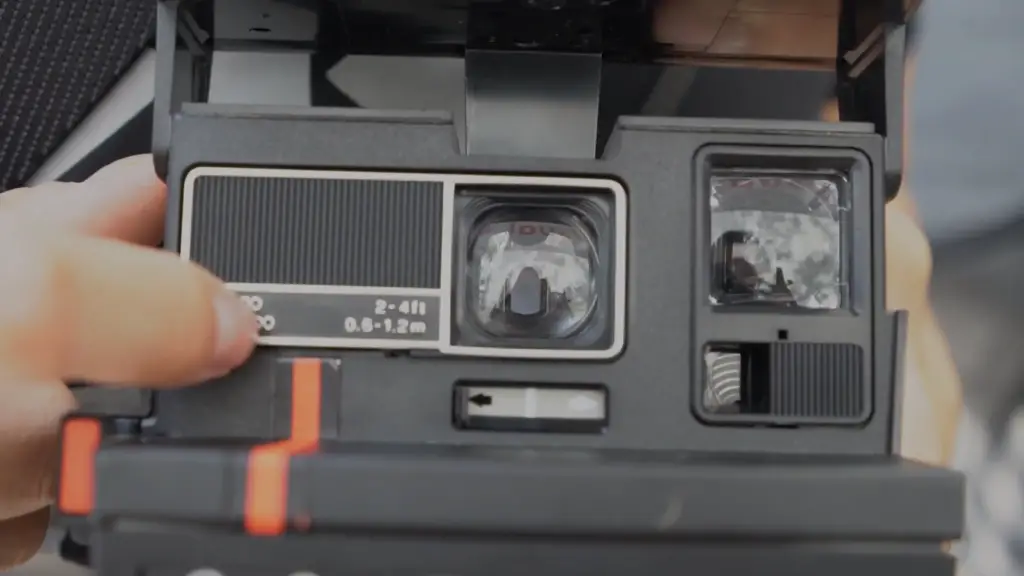
SX-70 Film
SX-70 film is one of the most popular options for vintage Polaroid photography. This type of film is used in SX-70 cameras and was invented by Edwin Land, the founder of Polaroid Corporation. The unique chemical process allows images to develop right before your eyes, which makes it an exciting option for any photographer.
Unfortunately, this type of film has become increasingly rare in recent years due to its limited manufacturing and availability. It’s more expensive than other types of instant films due to its nostalgic appeal, so if you’re looking for a cheaper alternative this might not be the best choice for you. However, there are still some places that offer SX-70 films at reasonable prices; keep your eye out for special deals and discounts, as these can help to make it more affordable.
600 Film
Like SX-70 films, 600 films are becoming increasingly difficult (and expensive) to find. They also require a battery to power the camera, which adds an extra cost if you don’t already have one on hand. If you’re looking for a more affordable option, there are still places where you can buy preloaded batteries or get refurbished cameras at discounted prices – definitely something worth looking into.
Spectra Film
Spectra film was introduced in 1986 and is slightly larger than the other types of films mentioned above. It produces a wider image, making it perfect for landscapes or large group shots. This type of film has become more expensive due to its rarity; however, you can still find some places online that offer refurbished Spectra cameras and preloaded batteries at discounted prices.
Overall, finding vintage Polaroid film options can be quite expensive – but with some research, you can track down affordable alternatives that suit your needs! Whether you’re looking for SX-70, 600 or Spectra film – make sure to always keep an eye out for deals and discounts so you don’t break the bank.
How much does Polaroid film cost?
Depending on the type of camera you’re using and where you purchase your film from, prices can range anywhere from $20 to $30 per pack. This means that shooting with a Polaroid camera can become quite an expensive hobby over time. [3]
The reason why Polaroid film is so expensive is because it’s difficult to produce. Using complex chemistry and mixing rare materials together, creating a viable roll of the instant film takes a lot of time and resources — both of which add up in costs for consumers.

Another factor contributing to its high price tag is that demand isn’t as high as it used to be when Polaroid first burst onto the scene. This limited demand means that film companies can’t produce and sell vast quantities of film, which directly affects its price.
Finally, because other digital options are readily available to photographers today, the need for Polaroid films isn’t as great as it once was. This drives down demand even further and keeps prices up in order to cover production costs.
It’s important to note that there are ways you can save money on your Polaroid film purchases if you look around online or check out local vintage supply stores and garage sales. Just make sure that whatever film you buy is compatible with your camera before making a purchase.
Which Polaroid has the cheapest film?
Polaroid Color Film for I-Type cameras is currently one of the most affordable options for Polaroid film. This film has an ISO speed of 640 and comes in packs with eight shots per pack, making it a great value film choice if you’re on a budget. [4]
Another great option for those looking to save money is Fuji Instax Mini Film. This instant film is available in packs with 10 or 20 shots and offers a vibrant color palette, perfect for capturing special moments. It’s also much more affordable than Polaroid Color Film – usually priced around half the cost!
If you’re looking for something even cheaper, disposable single-use cameras are still widely available. While these cameras don’t produce the same quality images as other instant films, they are convenient and very budget-friendly.
No matter which type of film you choose, a good rule of thumb is to buy in bulk whenever possible. Buying in packs or larger rolls can help you save money over buying smaller increments. Additionally, many stores offer discounts for purchasing multiple packs at once – definitely take advantage of these deals if you can!
Why is Polaroid film more expensive than Instax?
Firstly, it takes longer to develop the image using Polaroid film. This means that fewer pictures can be taken with the same amount of film, making each individual shot more costly. Additionally, having to wait for the picture to show up on the paper adds an extra step into the process which drives up costs.
Secondly, since Polaroid cameras use an integrated system for developing their photos, they tend to be more expensive than Instax cameras. This includes higher prices for both the camera and its accompanying film stock. The cost of producing a single Polaroid camera is much higher than that required to produce an Instax camera due to its complex components.
Finally, Polaroid film is much more difficult to find than Instax film. Since it’s not widely available in most stores and online vendors, the cost of getting it increases significantly. Furthermore, since each type of film requires its own brand-specific camera, prices can be even higher due to the lack of competition between manufacturers. [5]

Overall, while both Polaroid and Instax cameras are popular instant photography choices for photographers, the costs associated with them differ substantially. While Instax generally tends to be cheaper than Polaroid cameras and their corresponding film stock, this doesn’t diminish the unique qualities that make Polaroid so special. Next time you decide to buy a camera or some new film stock for your existing camera, remember to take into account the cost of film and its advantages before making your decision.
The Science Behind Polaroid Film
Polaroid film is a unique type of photographic film which produces an instant image. The technology behind the production of the film has been in place since 1947 when Edwin Land developed it and founded Polaroid Corporation. The film is composed of several layers including a plastic base, negative emulsion layer and stabilization layer. This process takes more effort to produce than modern films, meaning it is often more expensive.
The image produced on polaroid film develops within minutes by passing through a chemical reaction that occurs inside the camera itself. It starts with reagents such as bromide salts being diffused through an alkaline carrier into a porous membrane containing silver halides (silver crystals). When exposed to light, these silver halides react and turn dark, forming the image.
Polaroid film also has features which are not found in other types of film such as color-correction filters and a stabilization layer that helps to keep the photograph from fading or discoloring over time. This makes it ideal for long-term preservation of photographs.
Production costs are higher due to the use of multiple layers and special chemicals, and there is also an additional cost for developing each image as compared with digital photography where images can be developed without extra expense.
For this reason, many photographers have opted to switch to digital cameras instead of using Polaroid film.

Why is Polaroid film so expensive?
Polaroid film has been around since the 1940s and is still a popular photography medium to this day.
The main reason that makes Polaroid film so pricey is its production process. Polaroid film needs to go through several complicated steps before it can be used by photographers. From creating the emulsion layer on the film to coating the negative in protective layers, each step requires special knowledge and equipment which increases the cost of producing Polaroid film.
In addition, there are limited manufacturers of Polaroid films due to high production costs and complex machinery needed for their production. This means that fewer companies can make these specialized products, leading to an increase in cost.
Finally, because Polaroid film is no longer as widely used as digital cameras, the demand for these specialized films has decreased over time. This means that fewer people are buying Polaroid film which further drives up its cost.
Overall, it’s easy to see why Polaroid film can be so expensive – its production process is complicated and requires special equipment and knowledge; there are few manufacturers of the product; and the demand for these specialized products has decreased over time. However, if you’re looking for a unique photography experience that takes you back to a simpler time, investing in quality Polaroid film might just be worth it!
The Chemicals In Instant Photography Make It Expensive
The cost of the chemicals and processes needed to produce a single image can be quite high, which is then reflected in the price of the film. This applies to both vintage and modern versions of instant photography, as not much has changed with regard to the chemistry involved in producing instant photos.
In addition to the chemical cost, there’s also a period-specific markup associated with certain types of Polaroid film. For example, a vintage film that was originally released decades ago can now fetch very high prices due to its rarity and collectors’ demand for it. In other words, if you want to shoot vintage-style images on Polaroid, you’ll have to pay a premium for it.
Finally, the cost of developing Polaroid film is quite high compared to traditional photographic film. As each image requires different chemicals and processes, the development costs quickly add up if you’re taking multiple shots with Polaroid film. Even though the end result may be rewarding, don’t forget that the initial investment in buying Polaroid cameras and actual film can be expensive.
Overall, there are several factors involved in Polaroid film cost but understanding them helps us better appreciate this unique form of photography and its associated costs. So next time you get your hands on a pack of instant photos – even if it’s pricey – just remember that it’s all part of the experience.

Polaroid Film Does All of the Steps at Once
Firstly, there’s automatic exposure and focus. Unlike digital cameras which require you to set up your camera settings manually, polaroid films automatically adjust for lighting conditions and take photographs that are ready to view in seconds.
Secondly, there’s no need for a darkroom or printing equipment as you can just peel off the backing sheet and instantly have a print in your hand. This eliminates any extra costs associated with processing prints with traditional methods.
Finally, since the photos are already processed and printed on the spot, there is no need to wait days or weeks before seeing them – they’re ready to view as soon as they come out of the camera. [6]
The convenience and ease of use make Polaroid film more expensive than traditional methods, but offers a unique experience that is second to none. There’s nothing like holding a physical copy of your photographs and admiring them within seconds after you take them from the camera!
In conclusion, Polaroid film is so expensive because it does all of the steps at once: exposure, focus, processing and printing – all in one convenient package. The convenience and immediacy make this type of photography particularly attractive for those who want instant gratification or don’t have access to darkroom equipment. Although it may be costly in comparison to other methods, there’s no denying that it is an invaluable experience worth the price tag.
How to handle and store Polaroid film?
Polaroid film is very delicate and requires careful handling to ensure the best results. It should be handled in a cool, dark environment with no direct sunlight or bright light sources. When storing the film, it should be kept away from any heat sources such as radiators or hot water pipes. The film should also not be exposed to high humidity or moisture.
When loading the camera, make sure that you use clean hands and avoid touching the emulsion side of the film. This will help prevent dust particles from getting onto the images produced by your Polaroid camera. After shooting, seal used photos inside a plastic bag so they don’t get scratched or damaged before developing. Don’t forget to keep unused films in their original packaging to protect them from the elements.
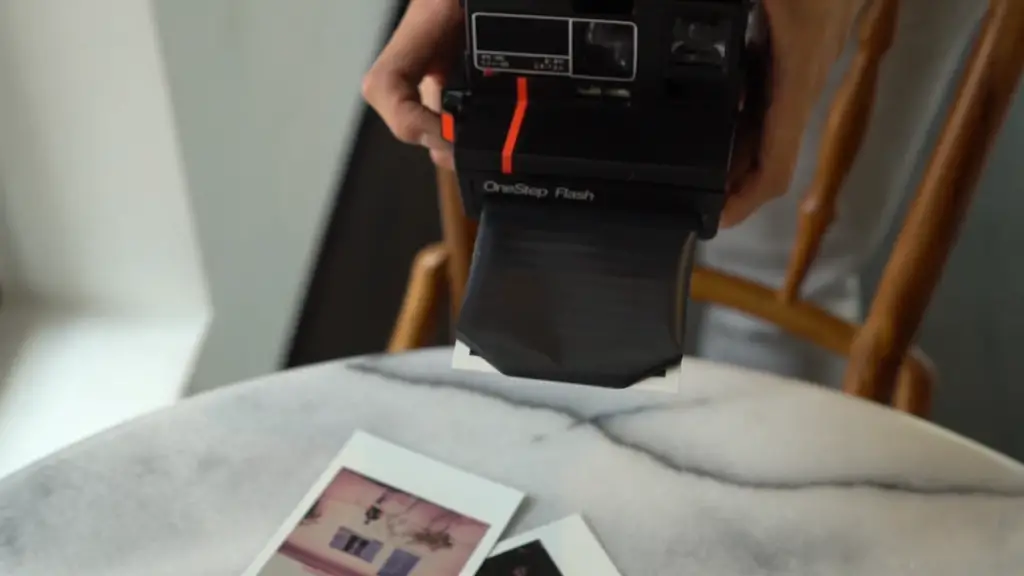
FAQ
Is there a cheaper film for Polaroid?
Yes, there are alternatives to the expensive Polaroid film. You can find third-party manufacturers that offer a wide range of films at lower costs. Additionally, some online stores offer surplus and expired films for discounted prices. However, you should bear in mind that these films may not be as reliable or have the same quality standards as genuine Polaroid films.
Does anyone else make instant films?
Yes! As Polaroid stopped manufacturing the film in 2008, other companies have stepped in to fill the void. Fujifilm has generously taken up the mantle of creating an instant film that mimics and often surpasses the quality of traditional Polaroid films. The Instax line from Fujifilm is a great option for those looking for a more affordable alternative to what Polaroid used to provide. Other options include Impossible Project’s I-Type and 600 films, which have gained popularity over recent years as they look and feel just like classic Polaroid films. While these alternatives may not be able to provide exactly the same results as traditional Polaroid film, they offer a cheaper way to enjoy instant photography without sacrificing too much in terms of image quality. [7]
In addition, many third-party companies have started selling compatible film for Polaroid cameras at a much more affordable price than the original films. These options are often of good quality and provide an excellent alternative for those looking to save some money when using their Polaroid cameras. With the right camera and compatible film, you can still get great results without having to break the bank on expensive films.
No matter what your budget is, there’s sure to be an option that fits your needs and preferences when it comes to instant photography. Whether it’s classic Polaroid or one of its alternatives, there’s something out there for everyone! So don’t let the cost put you off; with a little research and exploration, you’re sure to find the perfect solution for your instant photography needs.
Why do people still buy Polaroids?
Despite the fact that Polaroid film is so expensive, there are still many people who choose to buy it. The main reason for this is nostalgia; for many, there’s nothing like the look and feel of a real Polaroid photo. Although digital photos are great in their own way, nothing beats being able to hold a physical picture in your hand.
Another reason why some people still buy Polaroids is because they offer unique features not found in digital photography. For example, when you take a Polaroid photo, you can get creative with manipulating light and other elements to create interesting effects such as double exposures and special frames. Digital cameras just don’t have this kind of capability!
Finally, buying Polaroid film can be a great way to support an iconic brand. Polaroid film might be expensive, but it is still a symbol of nostalgia and creativity for many people, so buying it helps keep the company alive and brings joy to those who are passionate about photography.
Ultimately, no matter why you buy Polaroid film, the important thing is that you’re enjoying your photography experience! Whether you’re capturing memories or experimenting with light, there’s nothing quite like the thrill of taking a picture with a real Polaroid camera. With this in mind, we hope that this guide has helped answer some of your questions about why Polaroid film can cost so much.
How long do Polaroid films last?
Polaroid films are designed to last for a long time if they’re stored and handled properly. The expiration date printed on the film will vary based on the type of film you have, but it usually ranges from one to five years after purchase. For best results, store Polaroid film in a cool, dry place out of direct sunlight and away from sources of heat or humidity. If you follow these steps, your film should remain usable until its expiration date.
However, even if you keep it in an optimal environment, some types of Polaroid films may begin to degrade over time due to deterioration caused by the chemicals used in their production process. To ensure that your pictures come out looking great every time, it’s best to use the film before its expiration date and make sure you follow all of the manufacturer’s instructions for proper storage and handling.
If you need to use a Polaroid film that has expired, it may still be usable if the temperatures where it was stored were low enough. Some photographers have had success shooting with expired films, but this is not guaranteed. It’s always best practice to test out an expired film before attempting to take photos with it in order to ensure good results.
Useful Video: How to get FREE Polaroid and Instax Film AND make money
Conclusion
In conclusion, Polaroid film is expensive because it is a niche product and the production process is complex and time-consuming. Additionally, the costs of materials for producing Polaroid film are high due to its premium quality standards. It’s important to remember that despite its cost, Polaroid film offers unique qualities that set it apart from other film formats. With proper care and storage techniques, you can ensure your valuable photos last forever. So if you’re looking for a unique photographic experience with unbeatable results, investing in Polaroid film might be worth it!
References
- https://en.wikipedia.org/wiki/Polaroid_Corporation
- https://en.wikipedia.org/wiki/Polaroid_B.V.
- https://www.amazon.com/Polaroid-Originals-4670-Color-White/dp/B075H4WWP1
- https://www.eksposure.com/cheap-instant-film/
- https://thephotographyprofessor.com/why-is-polaroid-film-so-expensive-what-it-is-how-it-works-and-what-to-buy/
- https://baiadellaconoscenza.com/dati/argomento/read/92762-why-are-polaroid-films-so-expensive
- https://en.wikipedia.org/wiki/Instant_film





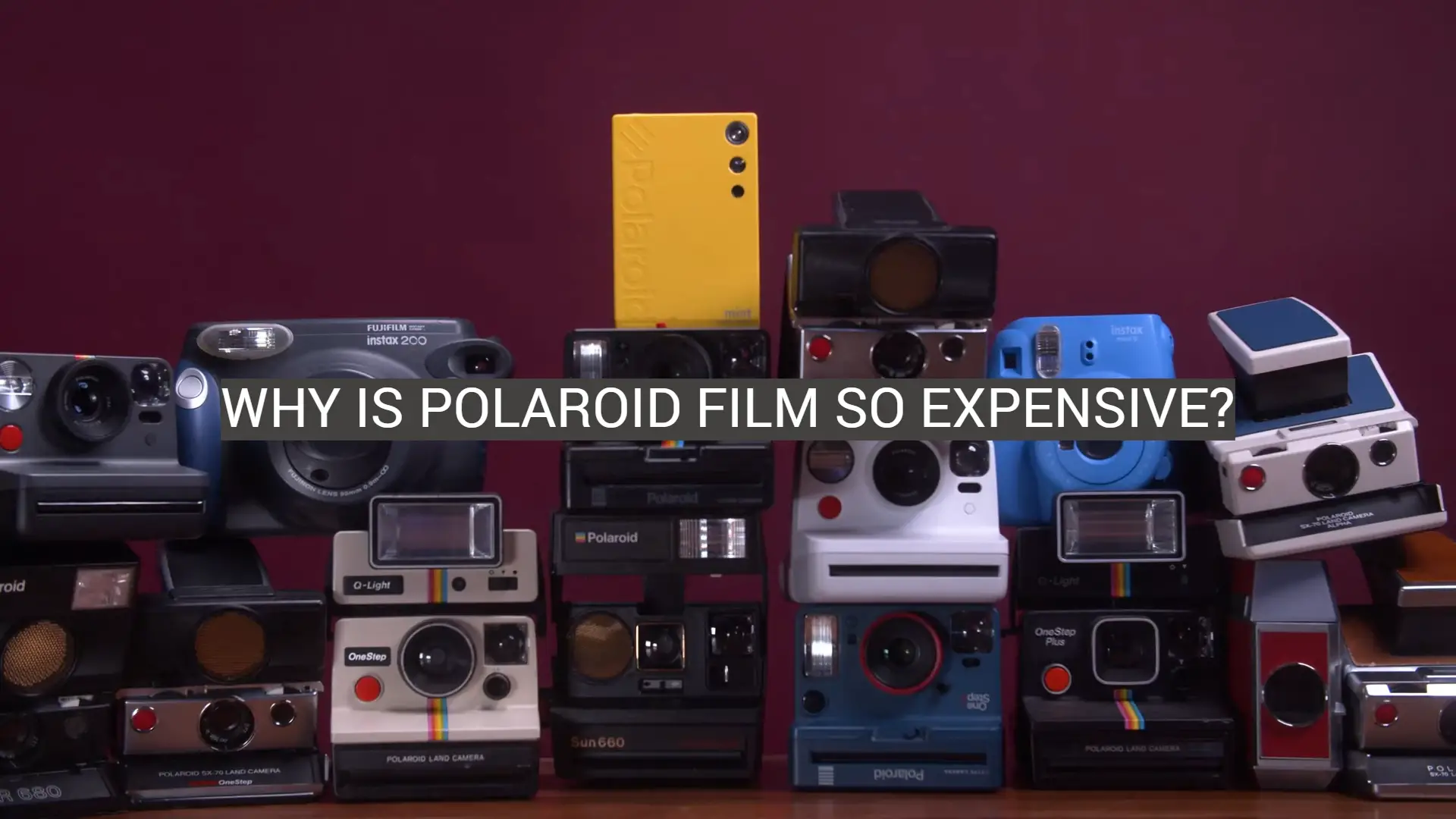
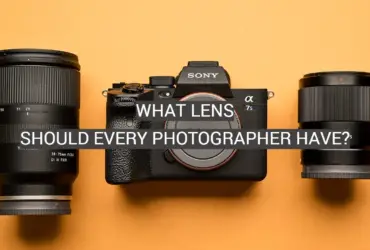
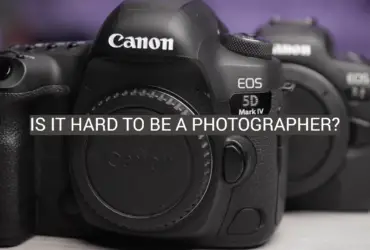
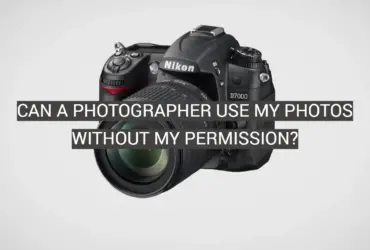

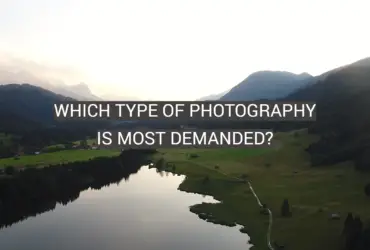

Leave a Reply